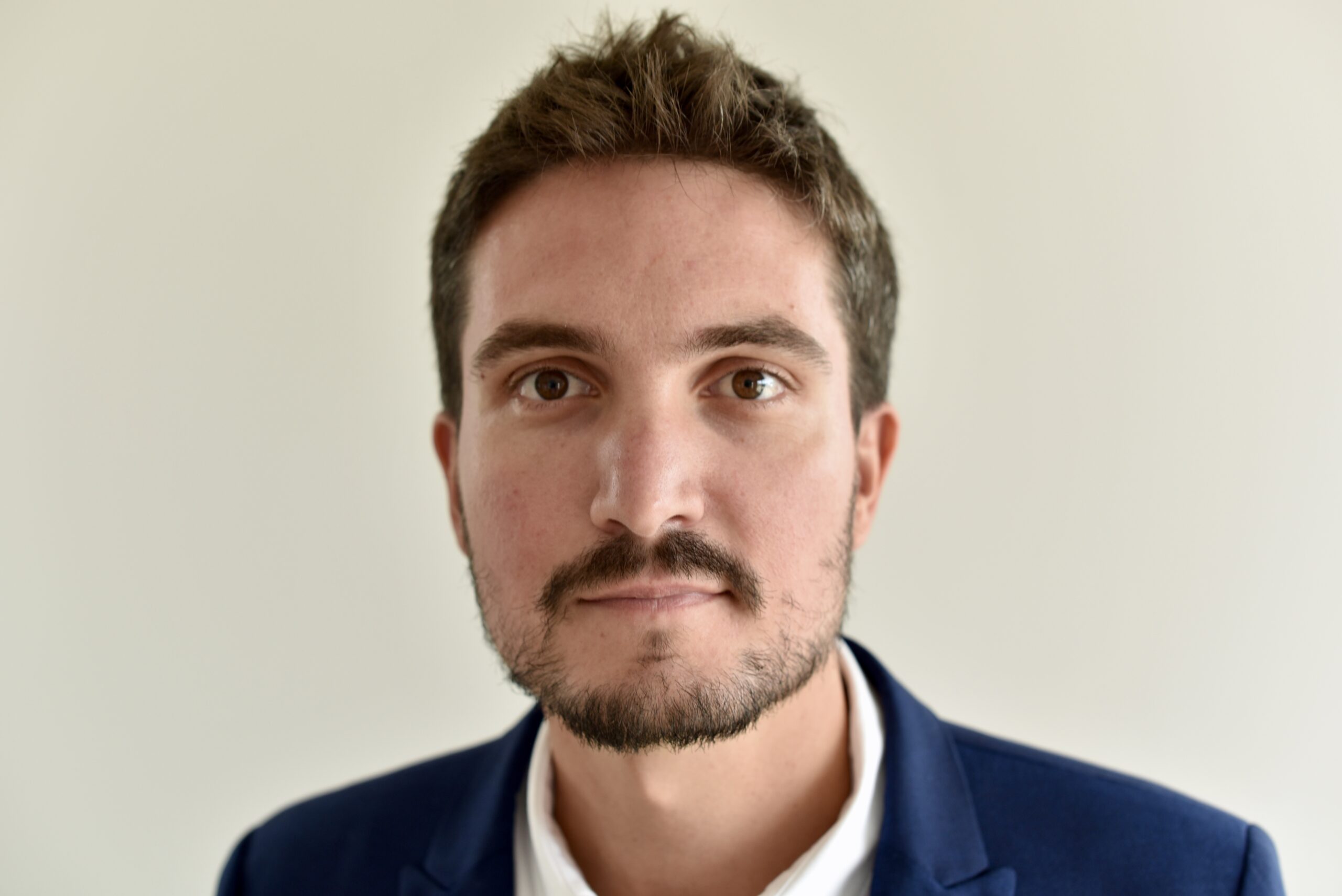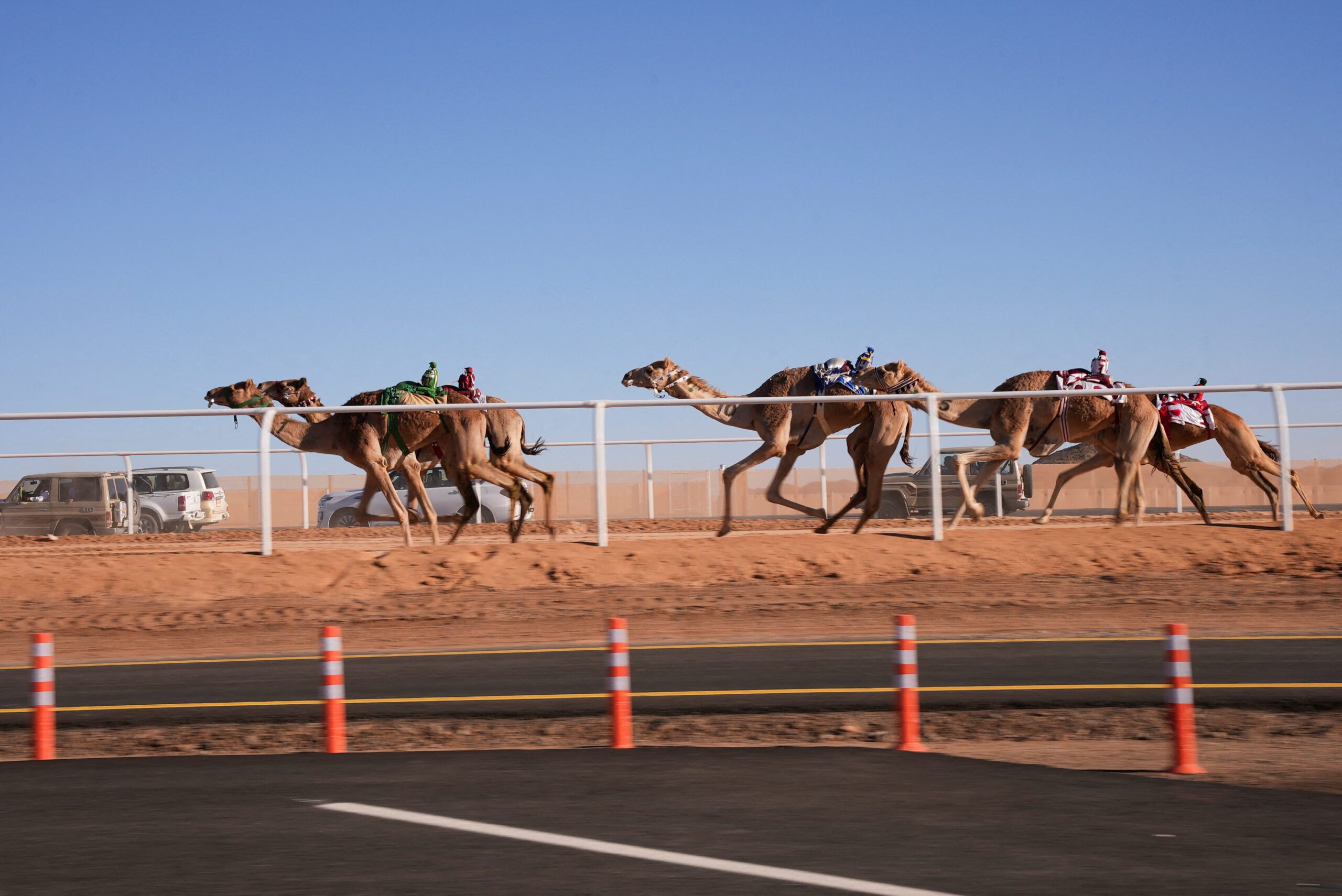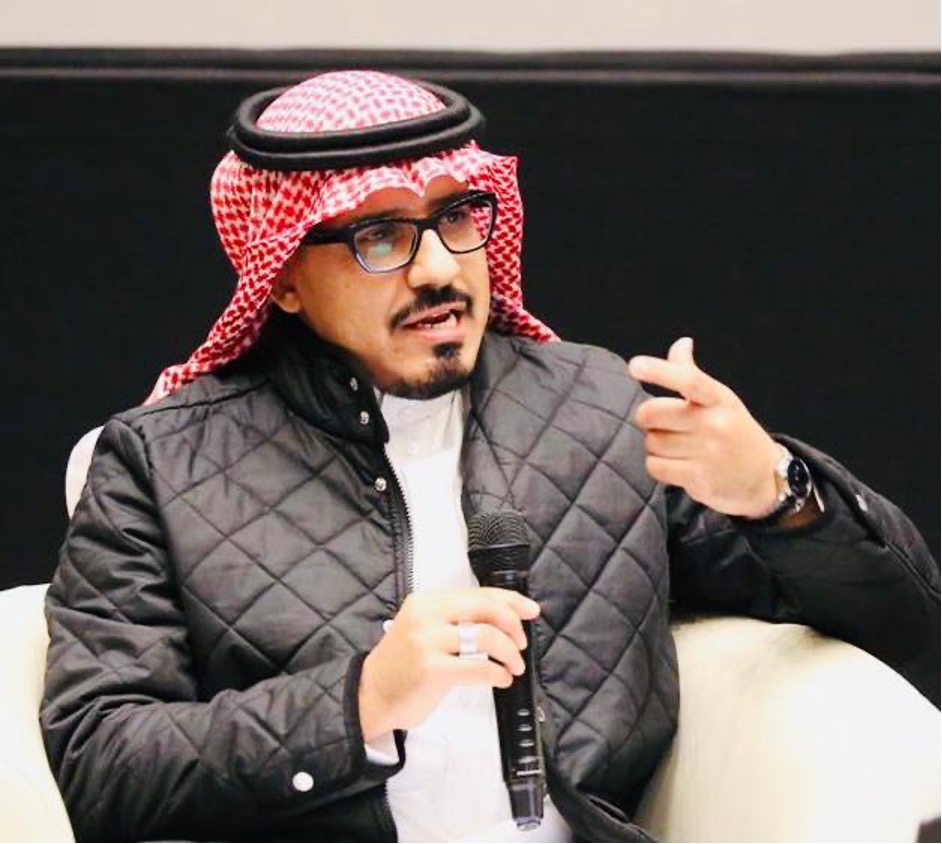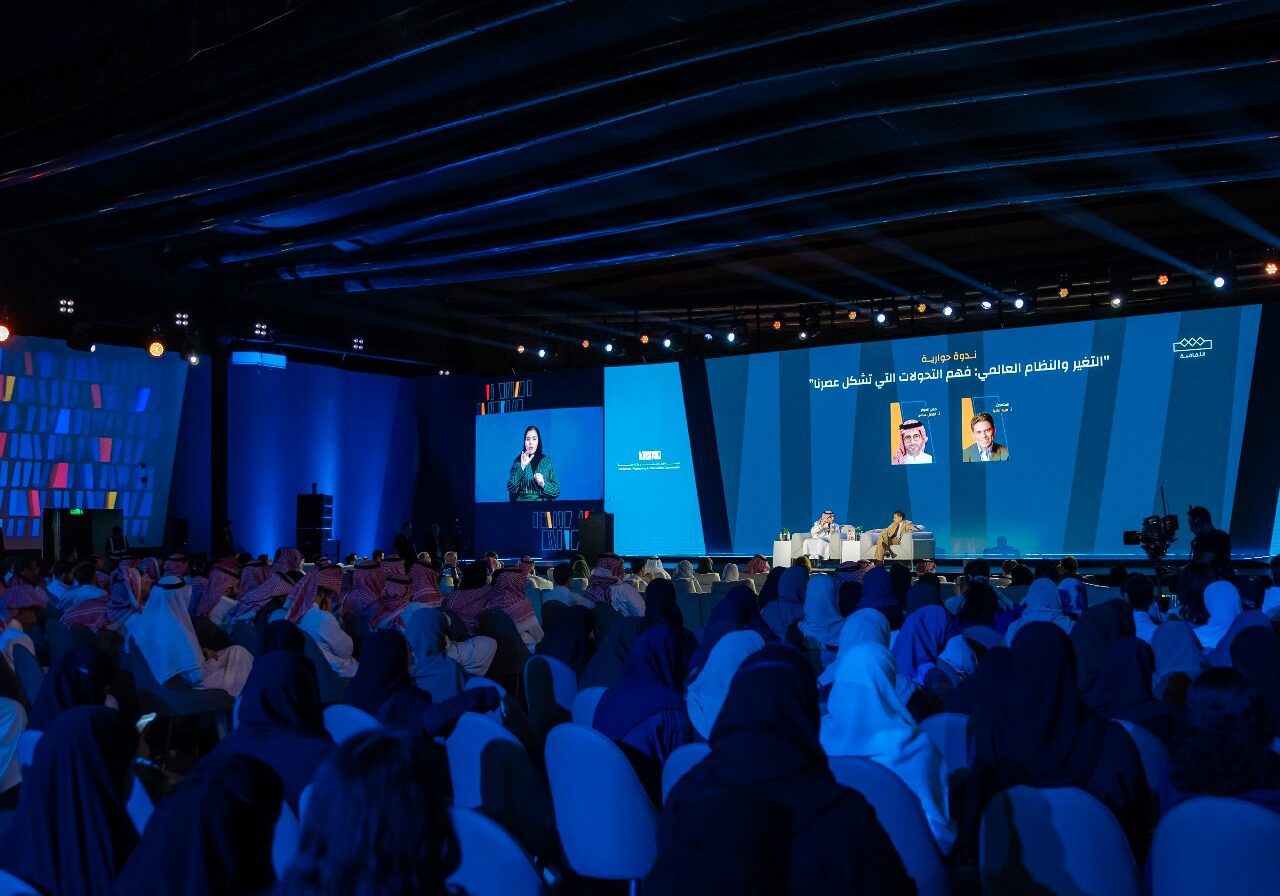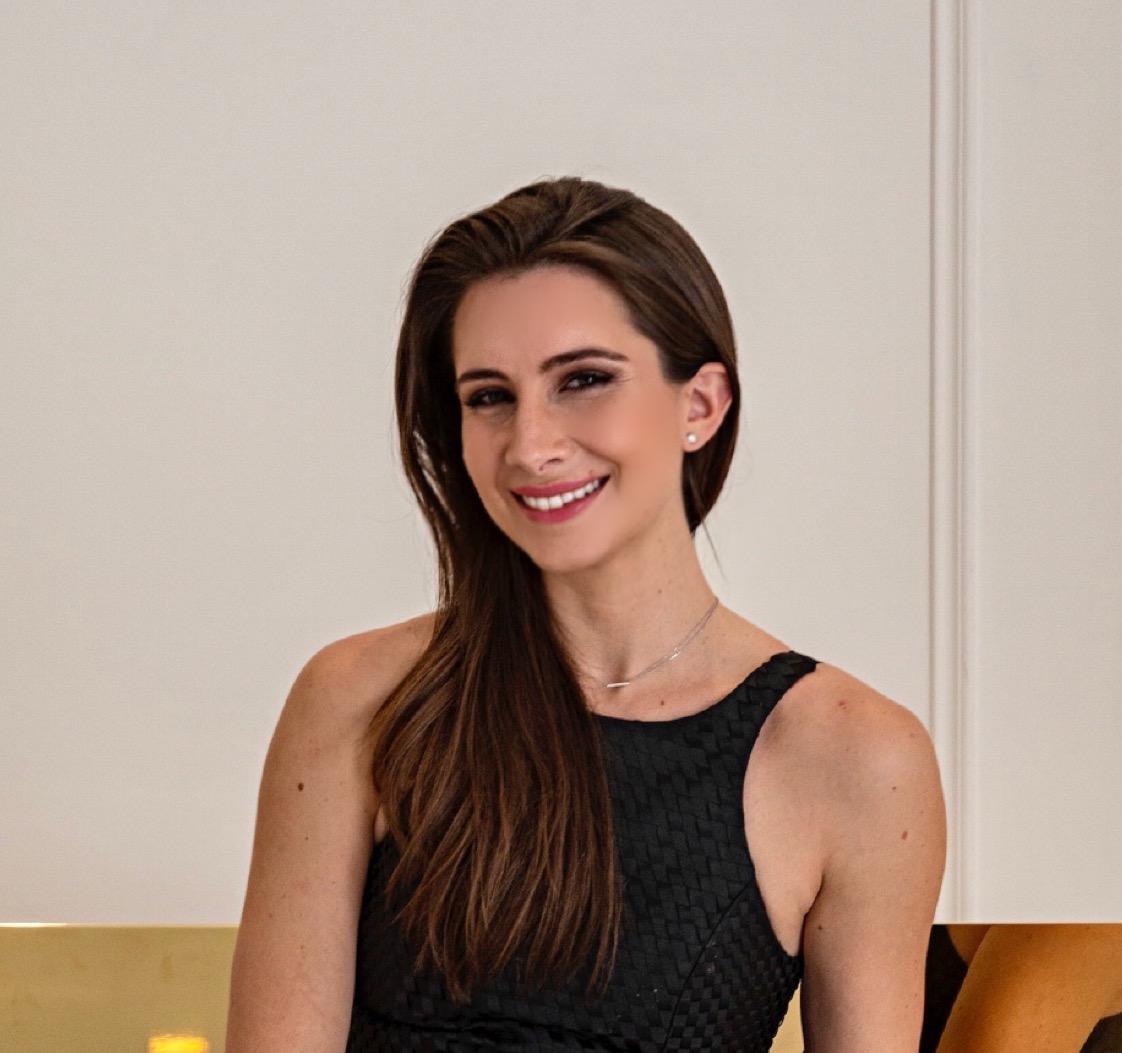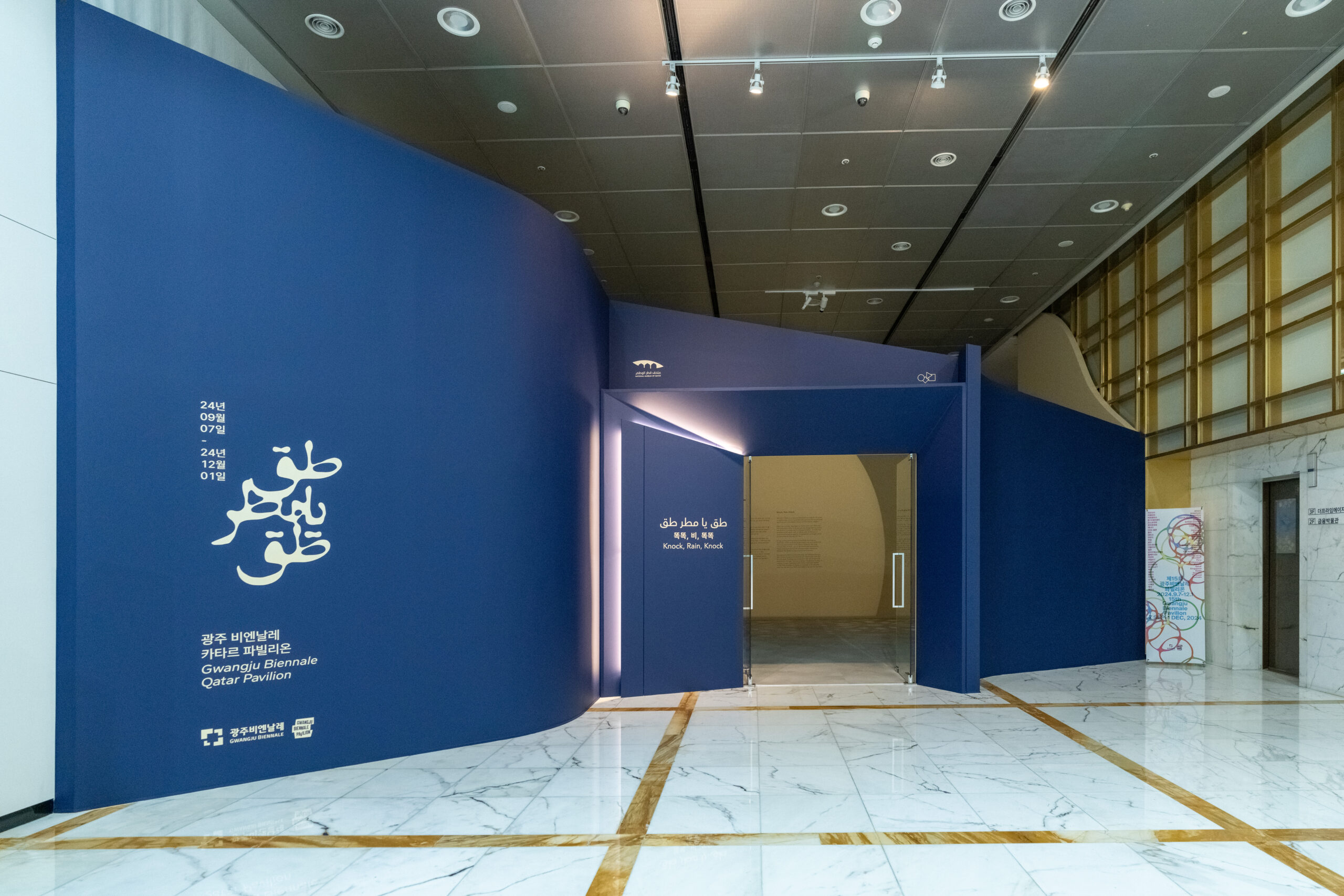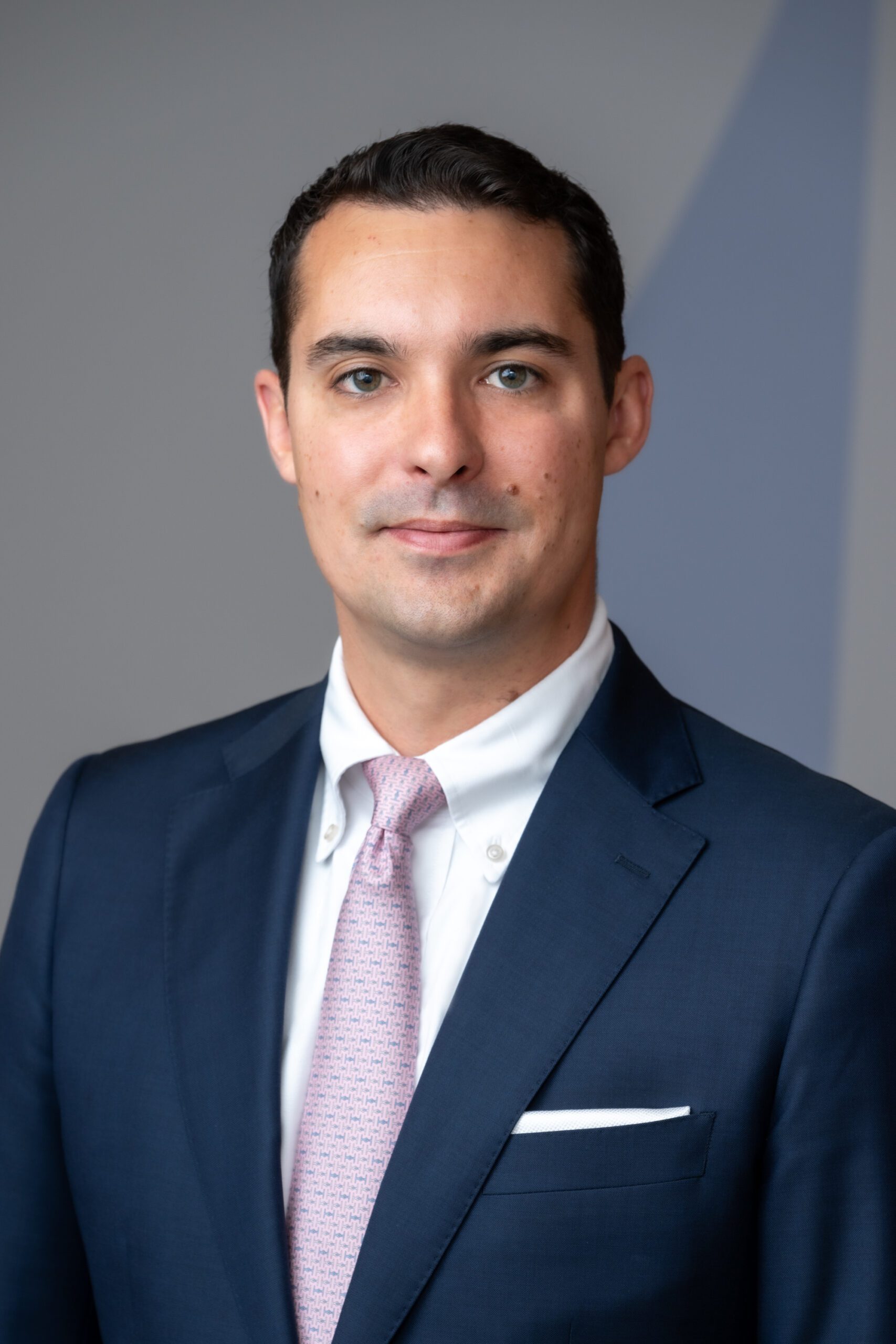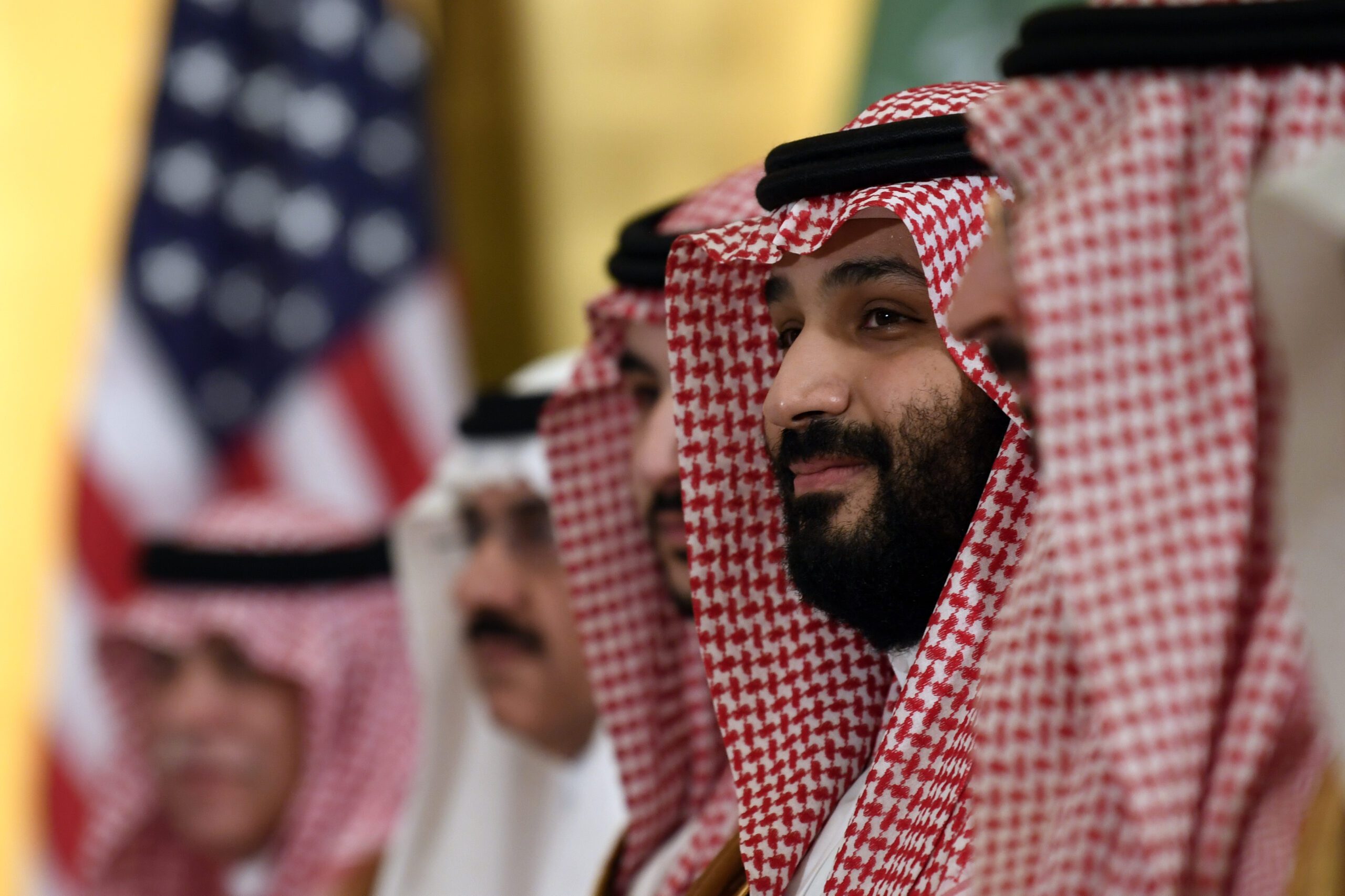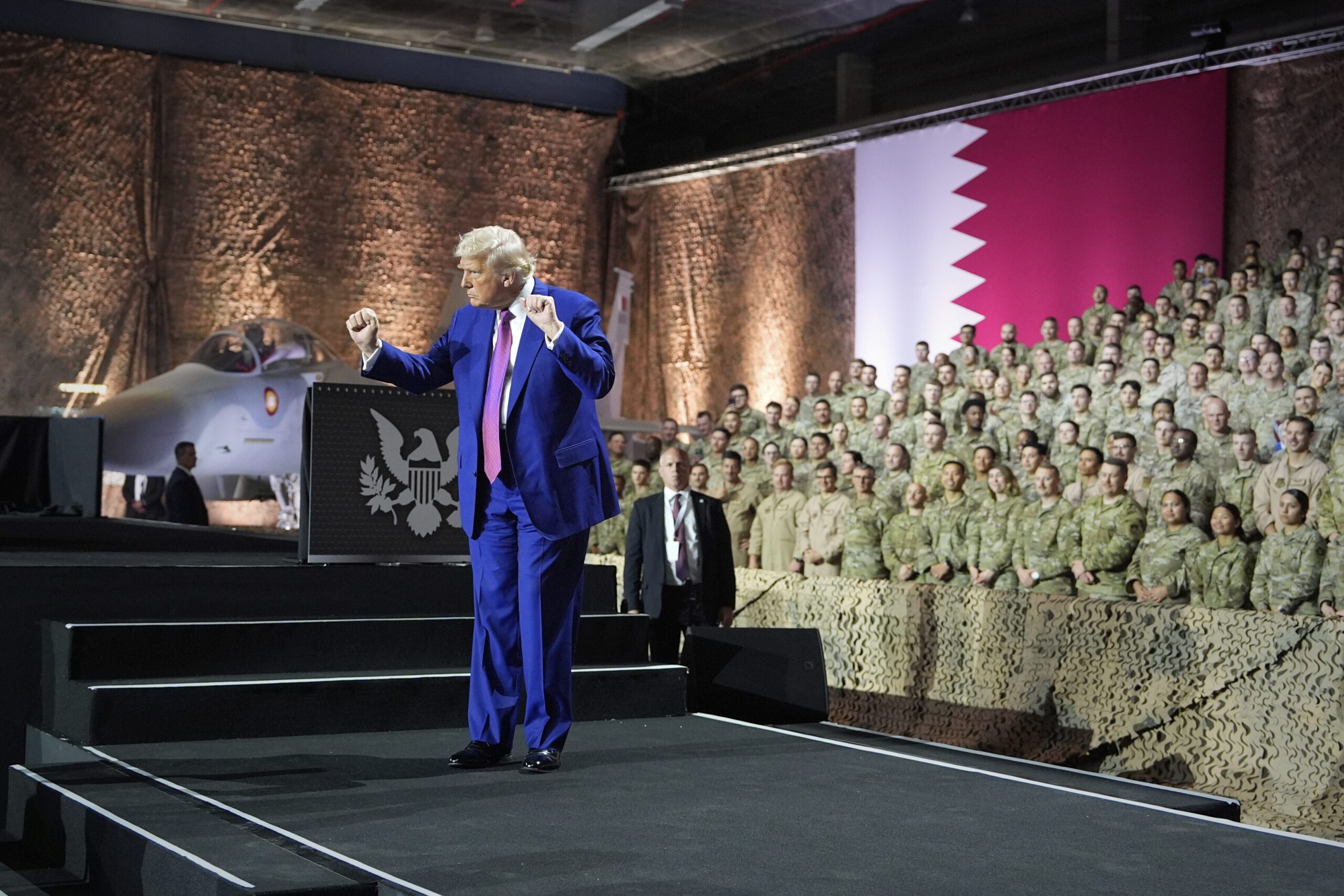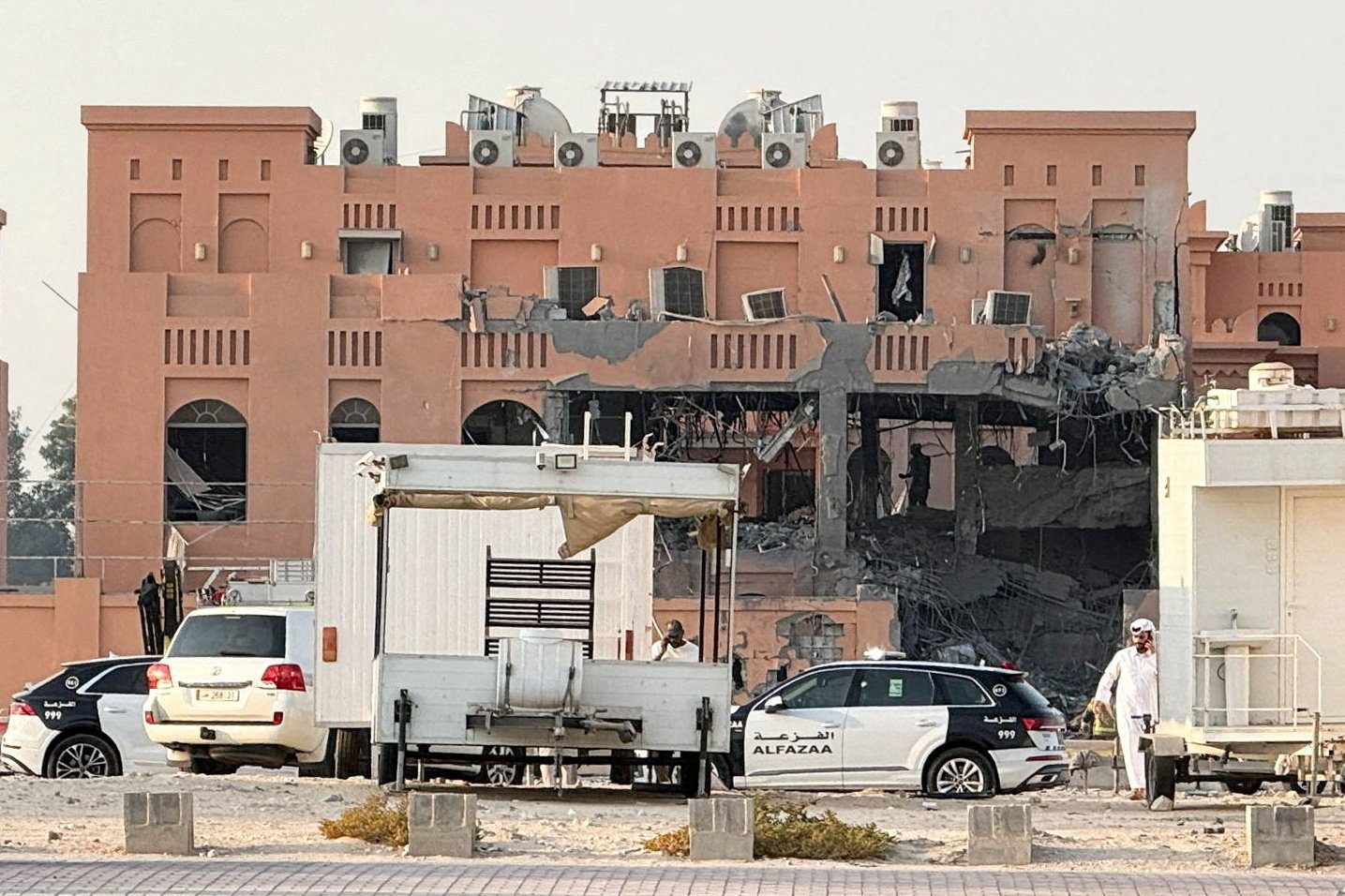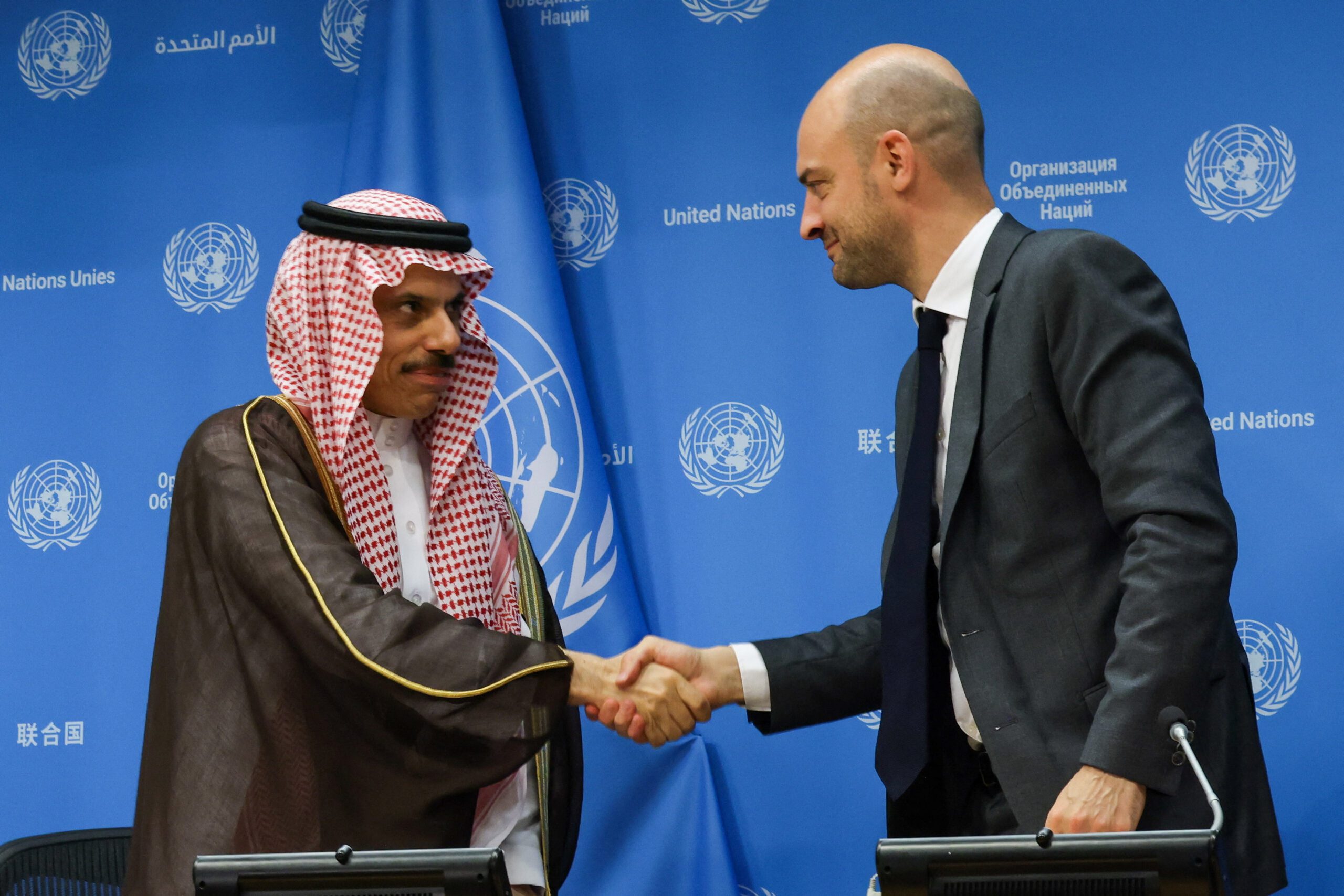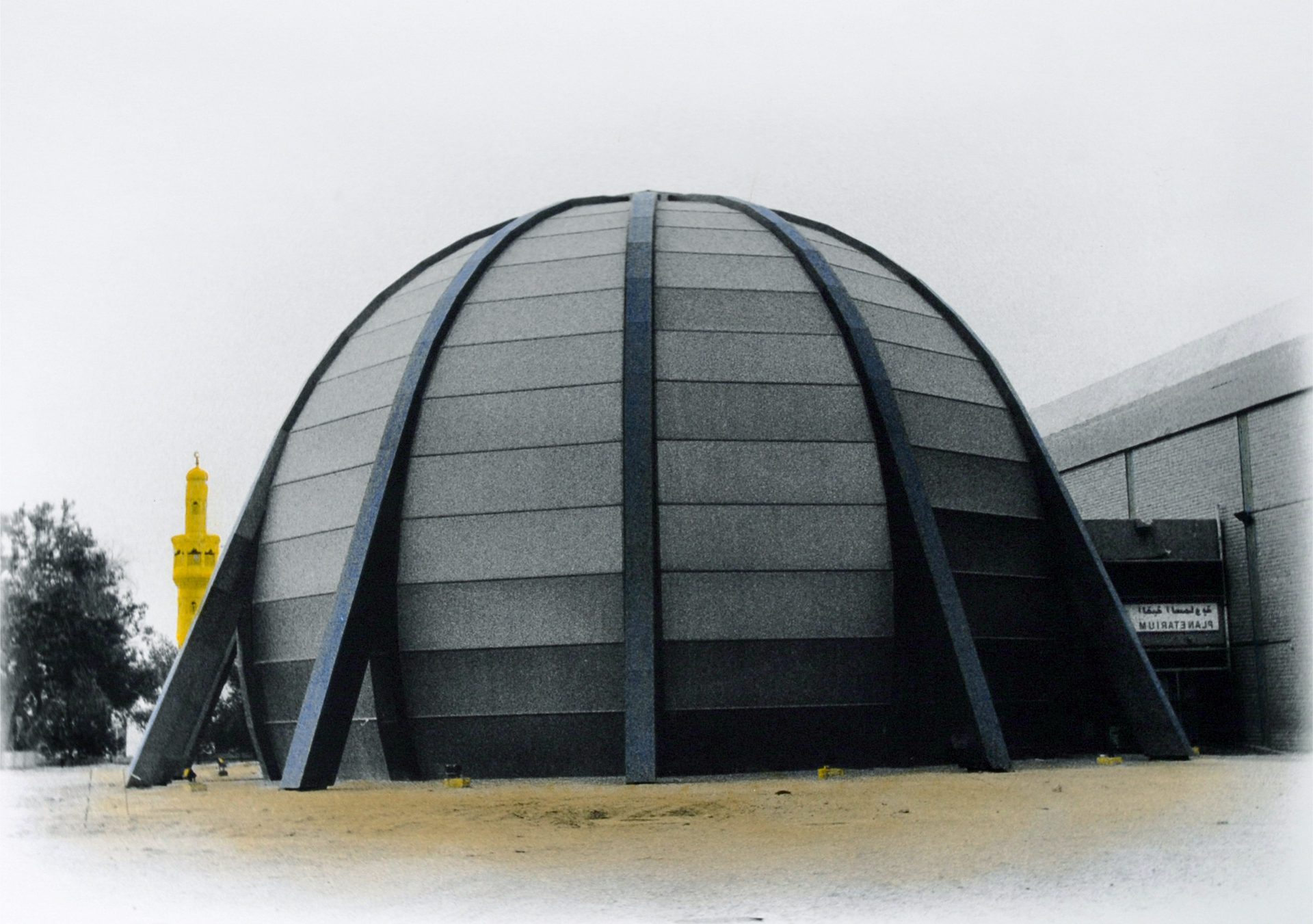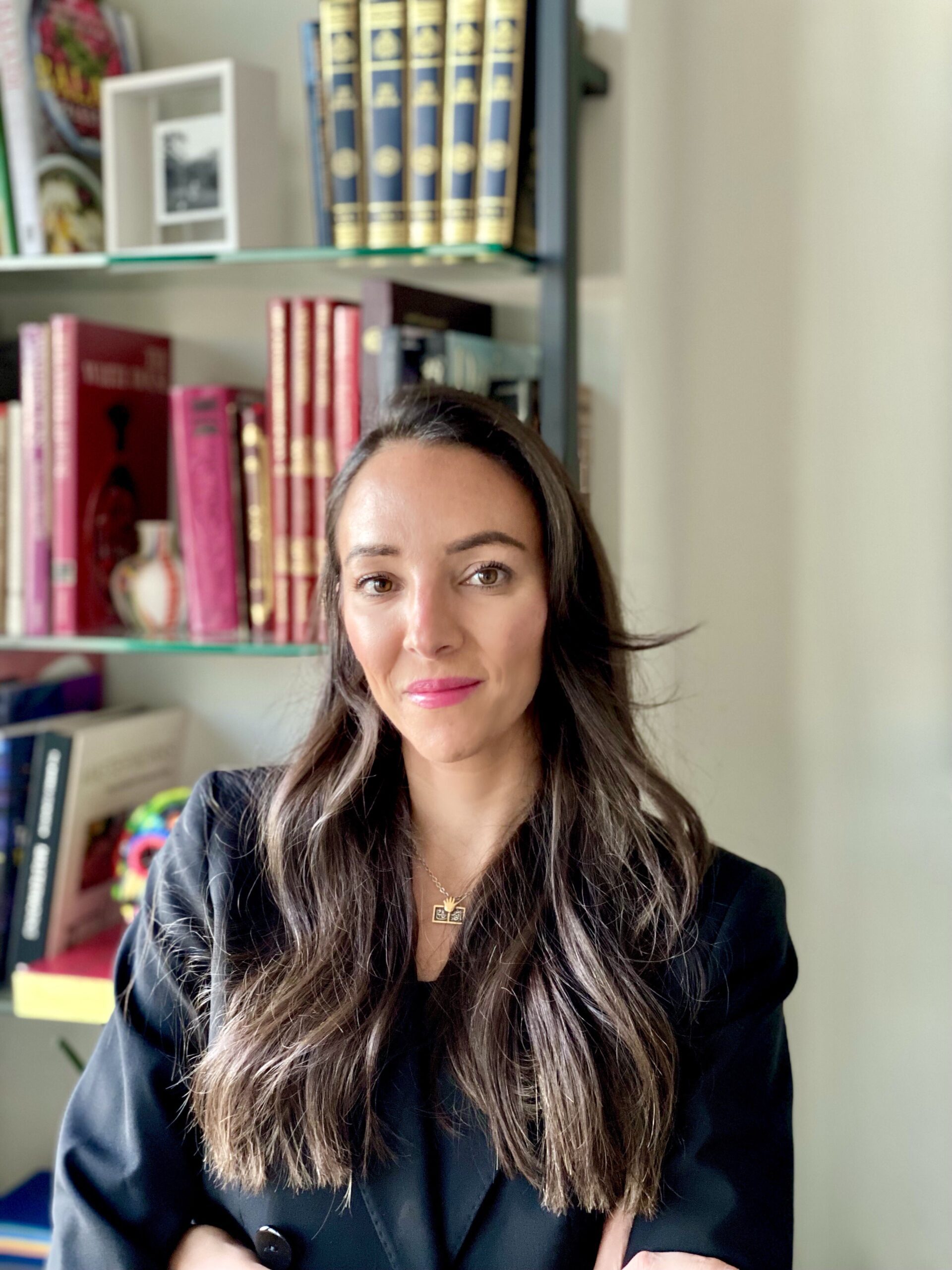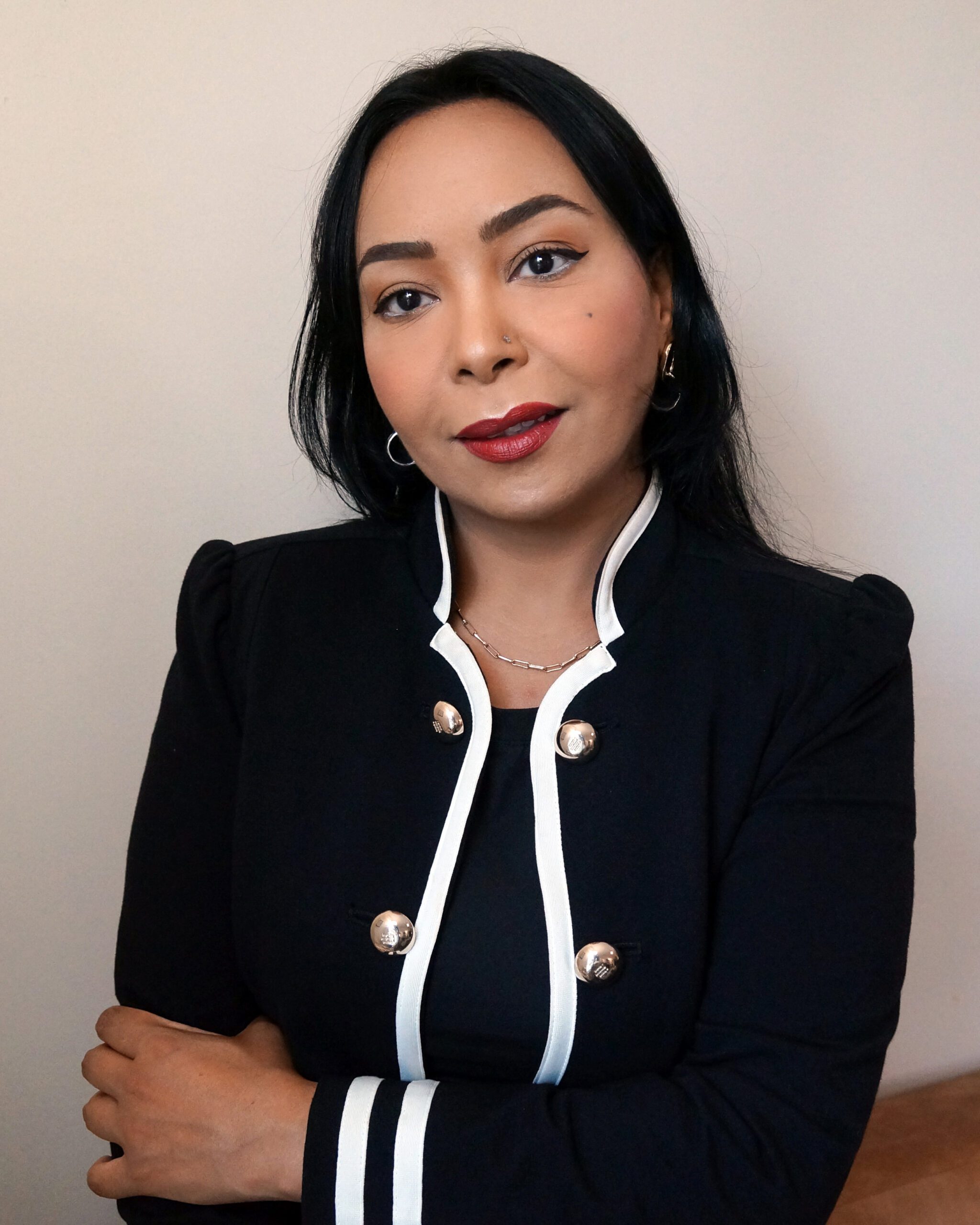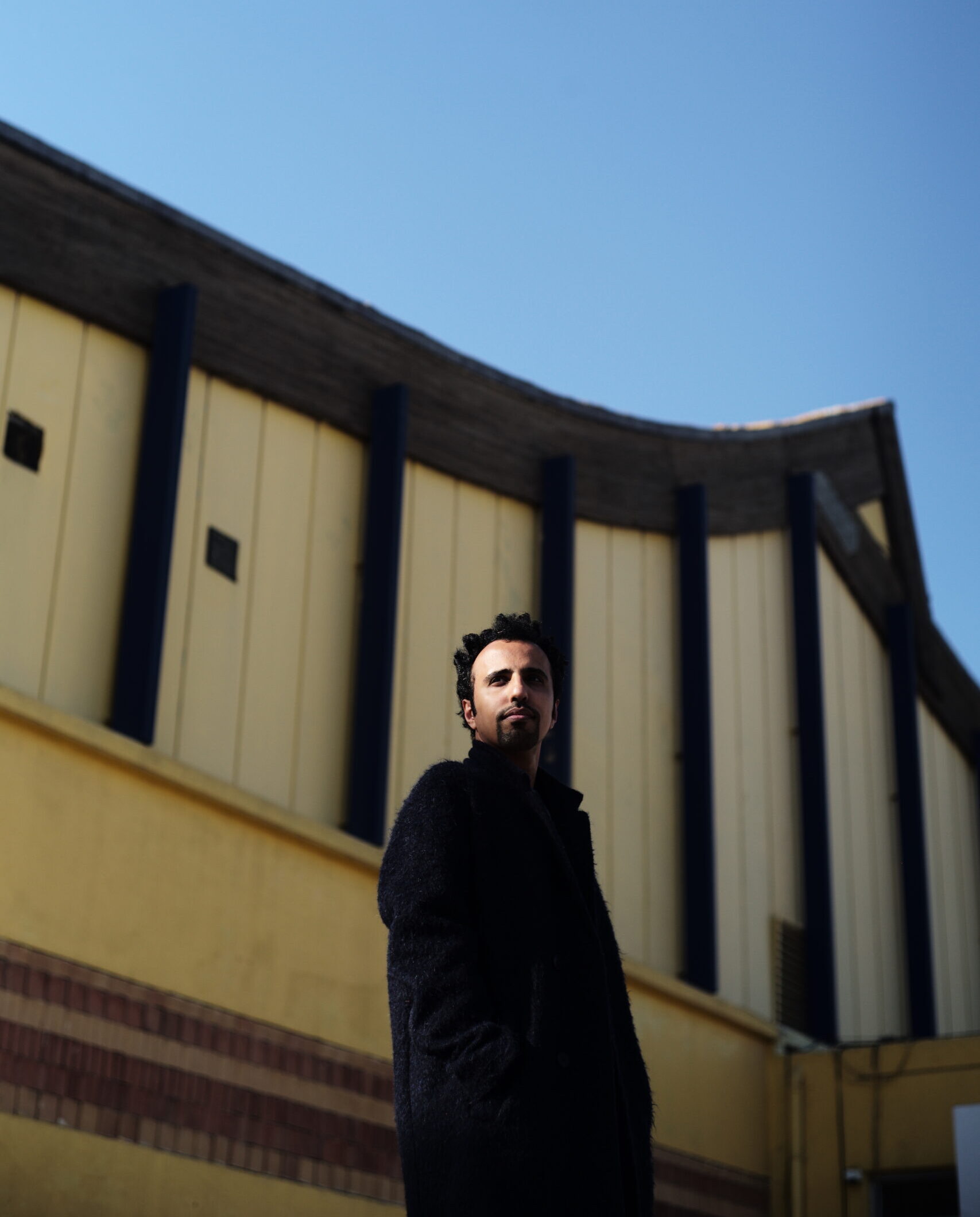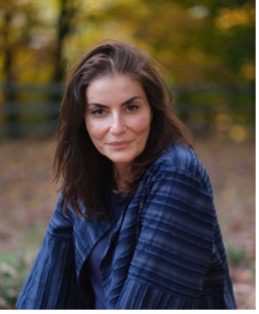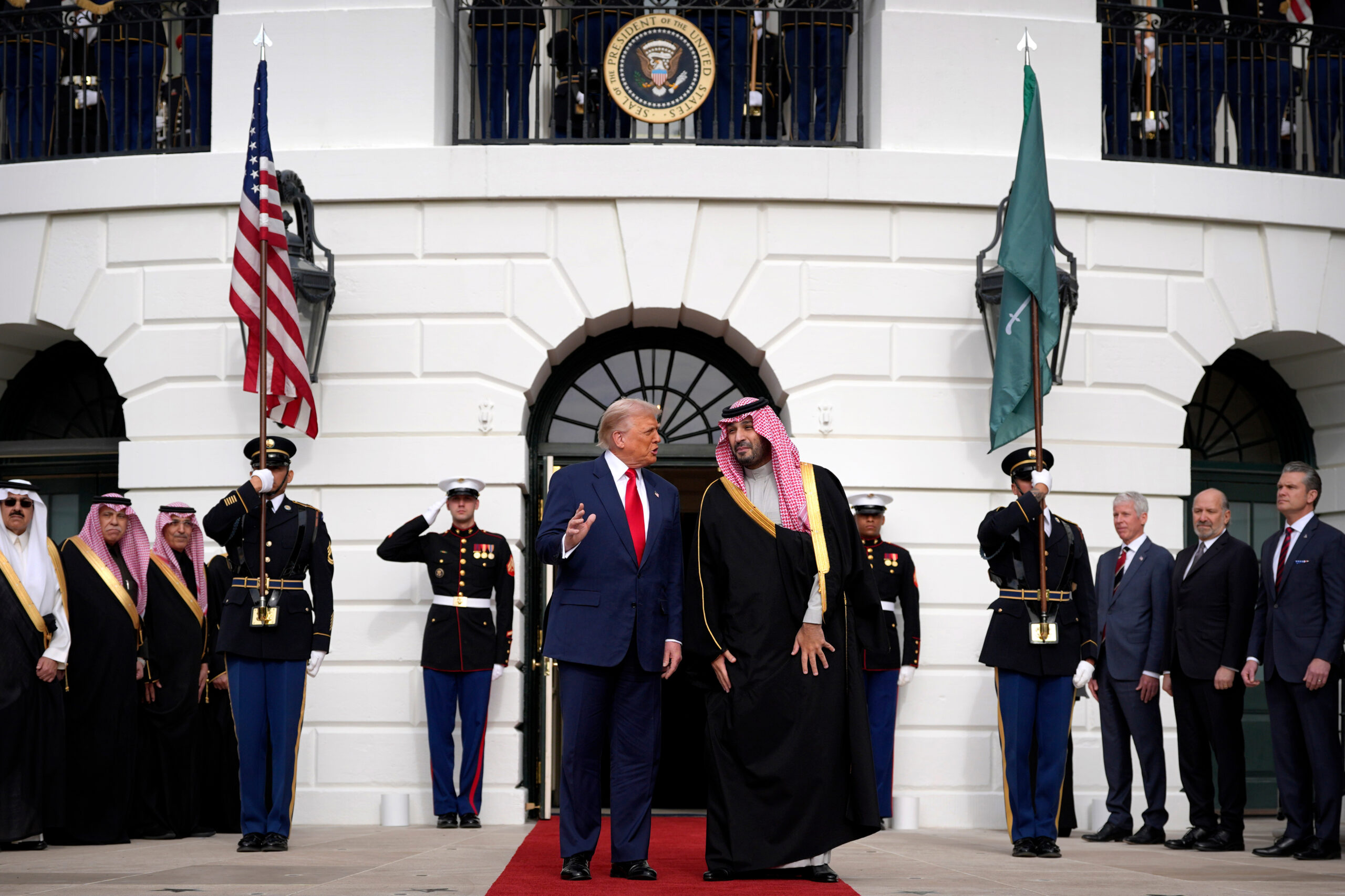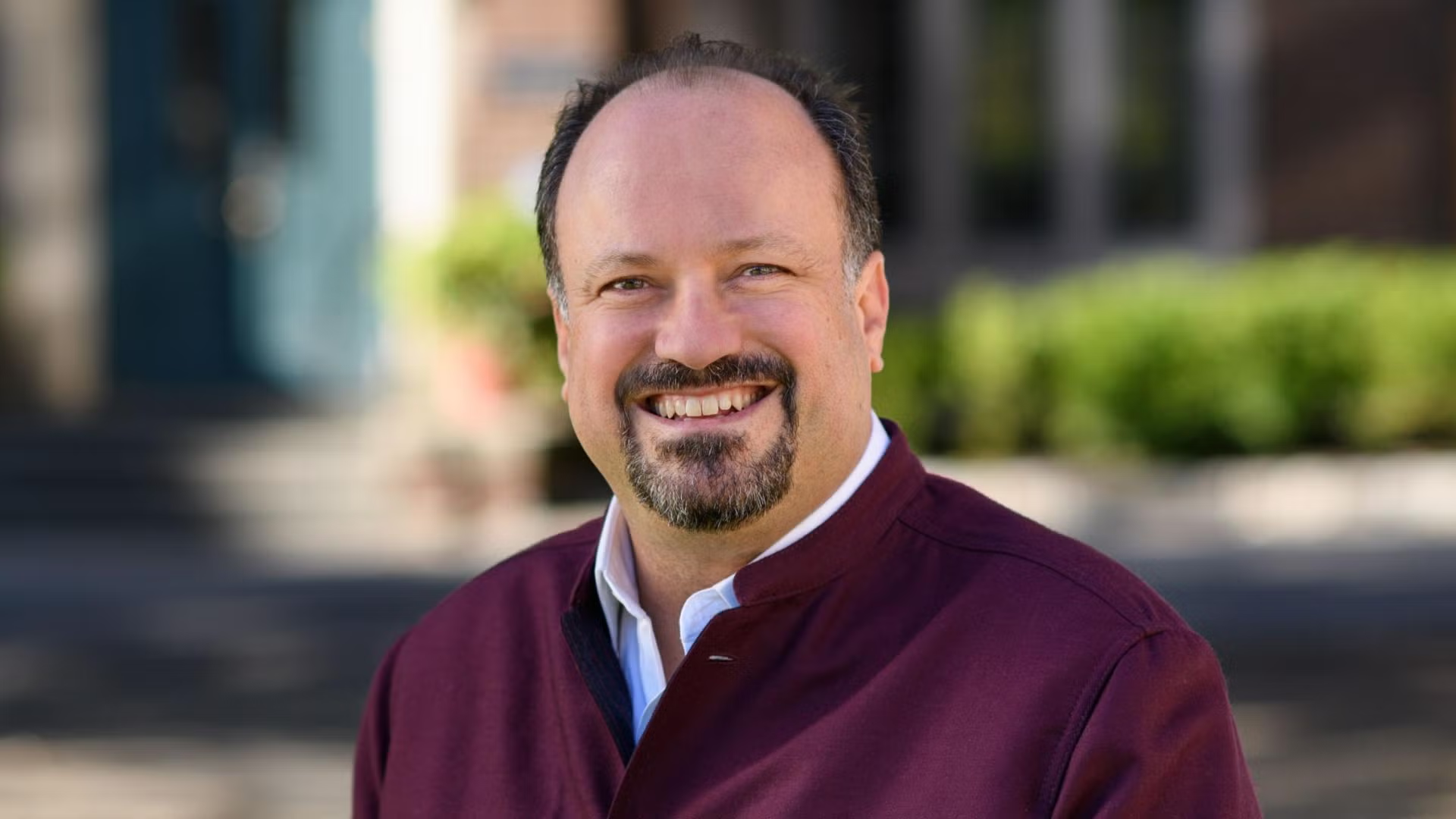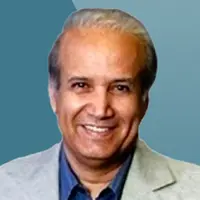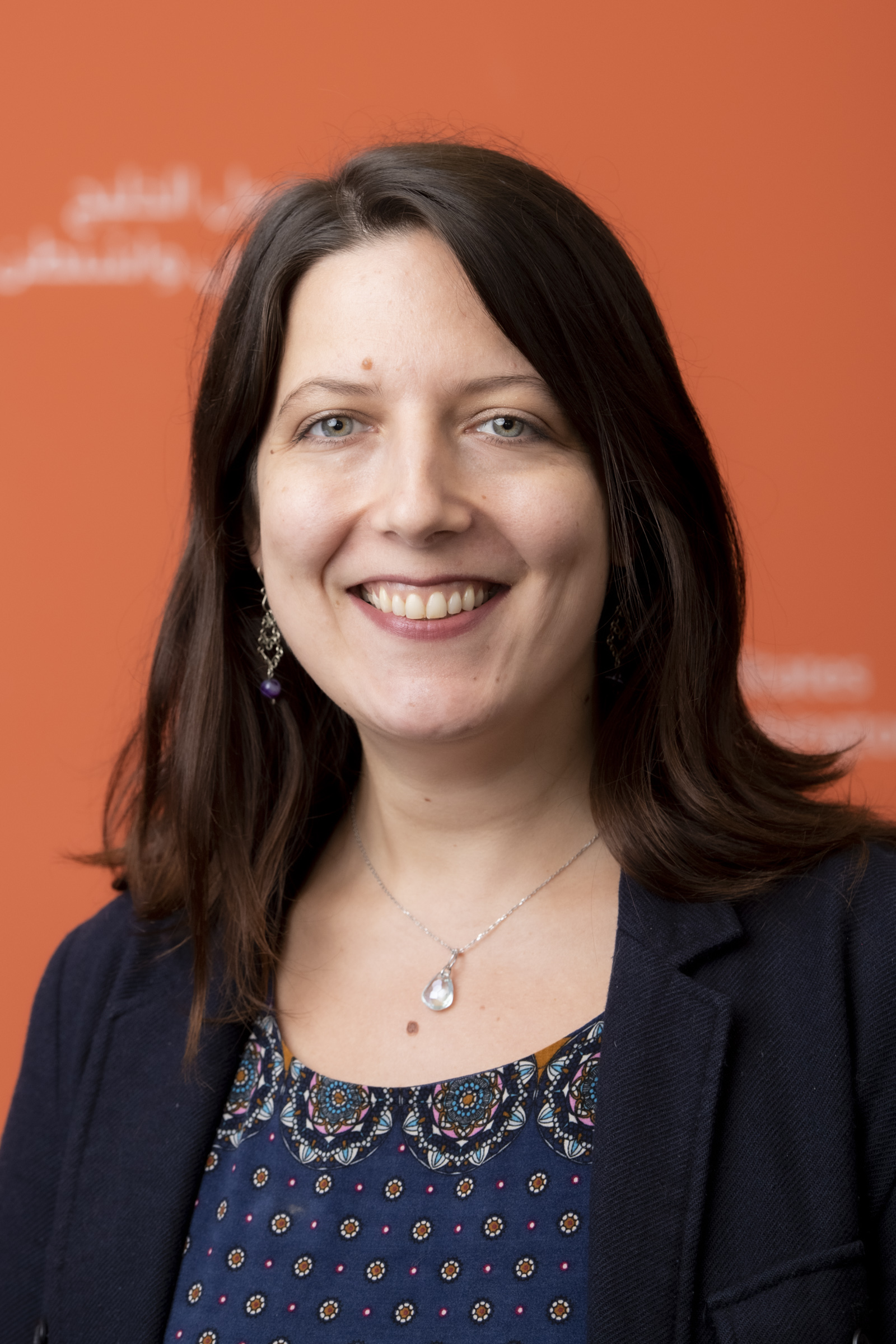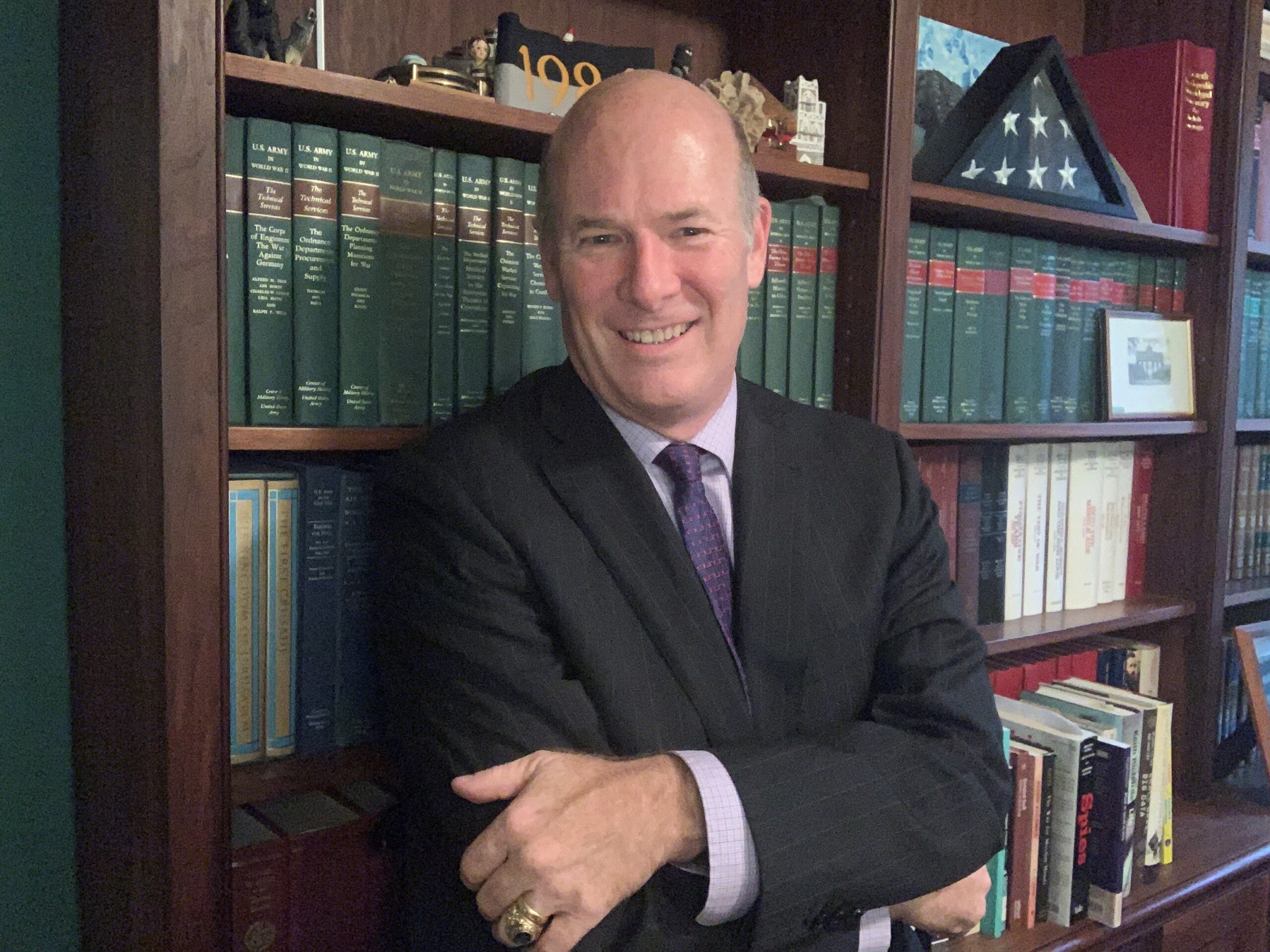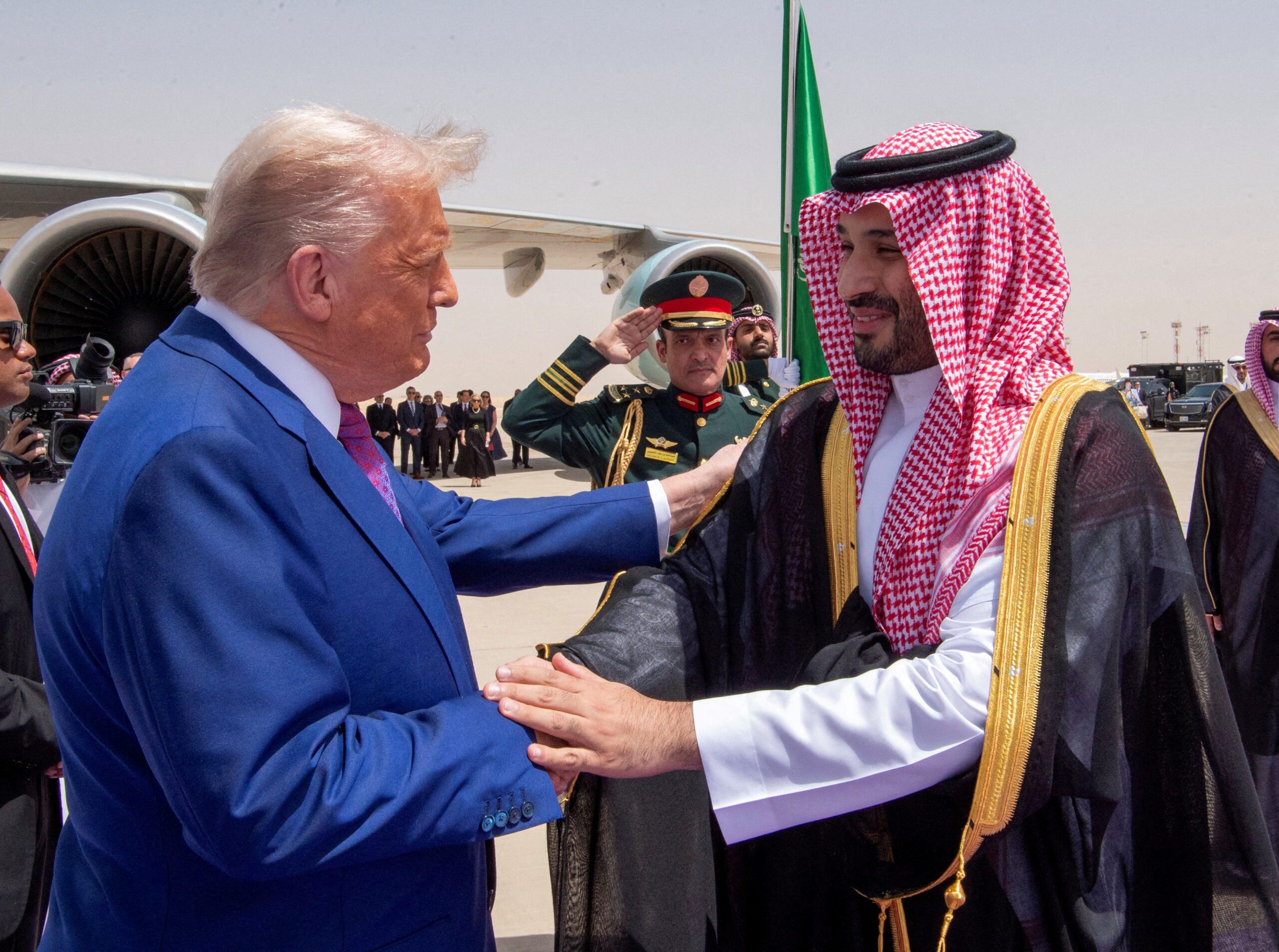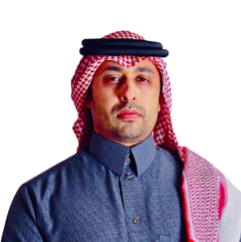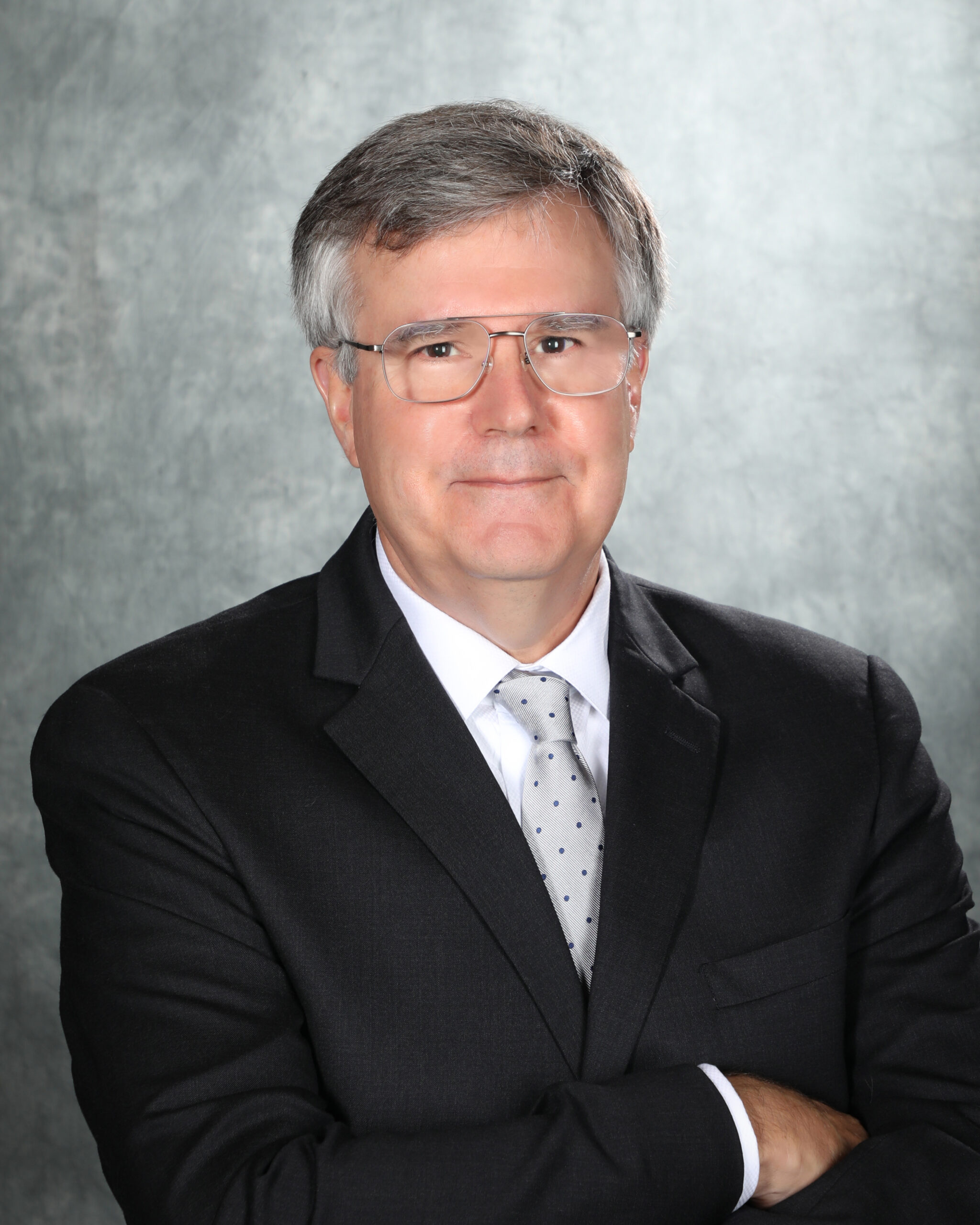Culture in the Saudi National Zeitgeist
Saudi Arabia’s first Cultural Investment Conference sought to convince domestic and global investors that arts and culture in the kingdom are a value proposition and to entice them to share in this project.
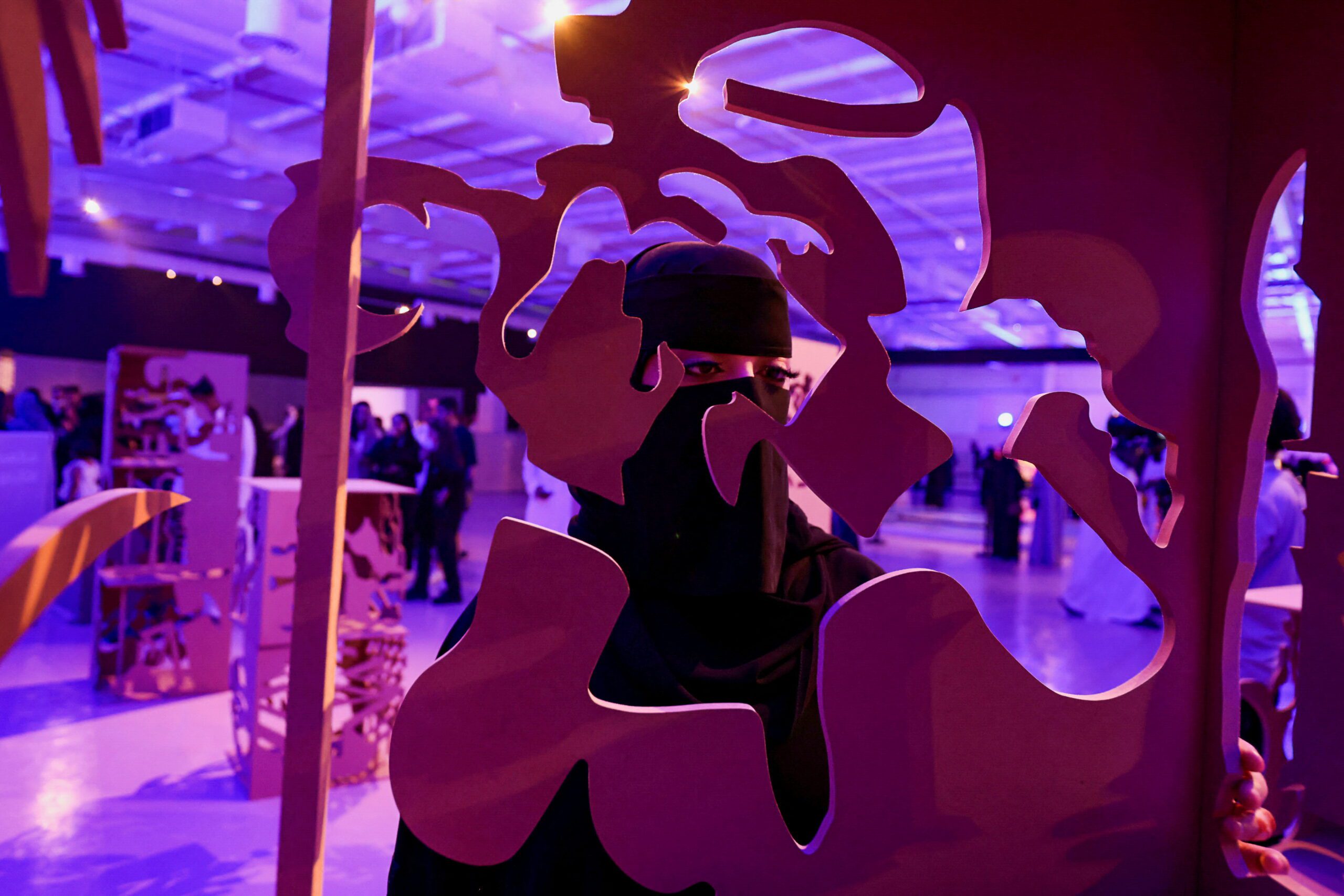
With the changes in Saudi Arabia over the first decade of the Vision 2030 program, the prominence that “softer” fields – tourism, entertainment, sports, arts, and culture – are playing in transforming the urban life and external presentation of the kingdom is immediately clear. On September 29-30, the first Cultural Investment Conference was held in Riyadh, making explicit the weight of the creative economy in the Saudi Vision.
The opening plenary featuring the ministers of culture, economy and planning, and investment presented a unified vision of culture as a driver of prosperity, emphasizing its importance across sectors and pledging to triple its size in the national economy. In his opening remarks before more than 1,500 Saudi and international cultural and investment leaders, Minister of Culture Bader bin Abdullah bin Mohammed bin Farhan al-Saud noted that the Saudi government has spent more than $21.6 billion on cultural infrastructure since 2016: a remarkable sum in an annual budget approaching $350 billion. In comparison, U.S. federal, state, and local governments combined spend a similar sum of $2.28 billion annually, with a modest $207 million appropriated to the National Endowment for the Arts.
The conference demonstrates the intent of the Saudi government to accelerate this focus on the arts, expanding its global profile. It attracted heavy hitters in the international arts sphere, including culture ministers, the chief executives of Art Basel, Sotheby’s, and Sony Pictures, and the president of the Pinault Collection. New investment funds were announced in the film sector, in partnership with BSF Capital, and fashion, with Merak Capital. Colnaghi, the world’s oldest private gallery, announced it will be opening a space in Riyadh – one of only four outposts for the London-based dealership and its first outside the West.
What explains the emphasis on culture in Saudi diversification plans? How does this mode of diversification translate into Saudi Arabia’s soft power? And who are the new cultural elites embodying this change?
Cultural Innovation as “The New Oil”
At the conference, Saudi officials presented the arts and creative fields as propelling a fundamental shift in the Saudi economy, from one based in resource extraction to one based on knowledge creation. The plenary panel of the conference claimed: “Cultural innovation is the new oil.” Reckoning with this argument requires recognizing the enormity of the change demanded. The limitations of decades under a welfare state built on oil and a public life defined within the narrow confines of a powerful, yet restrictive, religious authority left the public support for and presence of art and entertainment notably underdeveloped. As admitted by Minister of Investment Khaled al-Falih, “We never thought of culture as a sector let alone investing in it.” This meant a focus on culture and entertainment under King Salman bin Abdulaziz’s reign provided early momentum for diversification, as these fields were easy – from an economic perspective – to unlock. Saudi leaders also see the emphasis on creativity as supporting entry into the most future-oriented sectors of the global economy, particularly in technology.
The appetite among Saudi urban youth to participate in the creative and entertainment fields is evident in the YouTube collectives of sketch comedians, private art salons and galleries, and Instagram designers that were included in a survey by the state after the launch of Vision 2030. Yet much as in the oil economy, Saudi officials believe the state has the dominant role to play in establishing this new cultural marketplace. Today culture is embedded within the state’s domestic and global growth strategies, spearheaded by companies spun from the Public Investment Fund, and promoted within gigaprojects, such as the heritage sites in Diriyah and Al-Ula and the sports and entertainment district, Qiddiya. Investments are coordinated with the new Ministry of Culture established in 2018.
As an investment conference, then, the two-day program was dominated by discussions on the mechanics of art markets and promotion of cultural innovation. There was an emphasis on presenting cultural ventures within structured, credible investment opportunities. Panels discussed the financial architecture of culture, examining its valuation, structured funds, and blended instruments as key to promoting the arts as a strategic asset class. The overlap with the massive Saudi investment in tourism is evident, as culture, heritage, sports, and entertainment form the activities that draw visitors into these new infrastructural and real estate developments. This relationship is reciprocal: “Tourism amplifies culture on the global stage, sport celebrates it through shared experiences.” The experiential angle is also evident in the emphasis Saudi Arabia has placed on more immersive cultural experiences and hospitality.
Culture as Soft Power and Global Influence
Alongside the tangible economic benefits of cultural ventures, Saudi officials and speakers expressed a clear understanding of the more subtle powers and national benefits of culture. One plenary panel put the emphasis on narrative: “Global storytelling shapes diplomacy, identity, and soft power. We need to place Saudi stories on the world stage.”
There is therefore a deliberateness to the promotion of Saudi visual artists, musicians, movie producers, and designers. As described by cultural advisor Hatem Alzahrani, Saudi Arabia’s new cultural infrastructure – “from the Red Sea to Diriyah, from museums and music academies to digital platforms and public artworks” – has been “an intentional act of authorship.” He wrote, “By investing in culture, Saudi Arabia is building platforms for exchange that are more adaptable, more human and more open-ended than formal diplomacy alone.”
This intent could be seen in the very first visit of King Salman bin Abdulaziz to China in 2017, when he was accompanied by Saudi artist Ahmed Mater who presented Chinese President Xi Jinping with one of his works of art. And it can be seen in the alternating contemporary and Islamic art biennales integrating the kingdom into the international arts circuit. Other annual events undertaken by some of the 11 arts commissions promoted under the Ministry of Culture – the Red Sea Film Festival and the just completed Riyadh Fashion week – are expanding the medium of artistic expression as well as the kingdom’s cultural reach. A new generation of culinary experts, clothes designers, film directors, and conceptual artists now represent Saudi Arabia at home and abroad.
The Cultural Elite
The latter point brings up an important question: Who is authoring this new Saudi narrative? One thing that is notable about the Saudi turn toward arts and culture is the rapid establishment of the creative class as a new national elite. These individuals have been empowered to tell the new Saudi story, embody the new Saudi identity, and engage with other cultural elites to position Saudi Arabia on the global stage.
What stands out among these cultural elites is their youth and global understanding. Saudi Arabia under King Abdullah bin Abdulaziz spent over a decade sending tens of thousands of Saudis to study abroad under a generous scholarship program. Many came home with a greater sophistication about global culture and eager to add to it with their own language and experiences. Others who didn’t travel abroad engaged through social media – Saudi Arabia boasts one of the world’s most digitally active populations. The most prominent cultural entrepreneurs elevated by the Saudi state share this outward orientation, though with a distinct Saudi presentation.
They also provide a completely new means of extending Saudi influence apart from the older elite experts in oil and finance and the traditional ruling family or religious interlocutors in security and state affairs. These cultural attractions likewise skew toward the affluent. The arts appeal to a selective and somewhat exclusive demographic, which, though not without its drawbacks, perhaps, is nonetheless beneficial as Saudi Arabia looks to attract visitors, investors, and talent.
Invest in Saudi Culture
As Saudi Arabia looks to integrate globally and shift from an Arab or Islamic presentation to a more national one, culture is becoming integral to its outreach and identity. The first Cultural Investment Conference sought to convince domestic and global investors that arts and culture in Saudi Arabia are a value proposition and to entice them to share in this project. As Saudi artists become more prevalent – in solo exhibitions at Christie’s auction house, films at the Cannes film festival, and performances at the Sydney Opera House – that appeal may grow.
The views represented herein are the author's or speaker's own and do not necessarily reflect the views of AGSI, its staff, or its board of directors.

